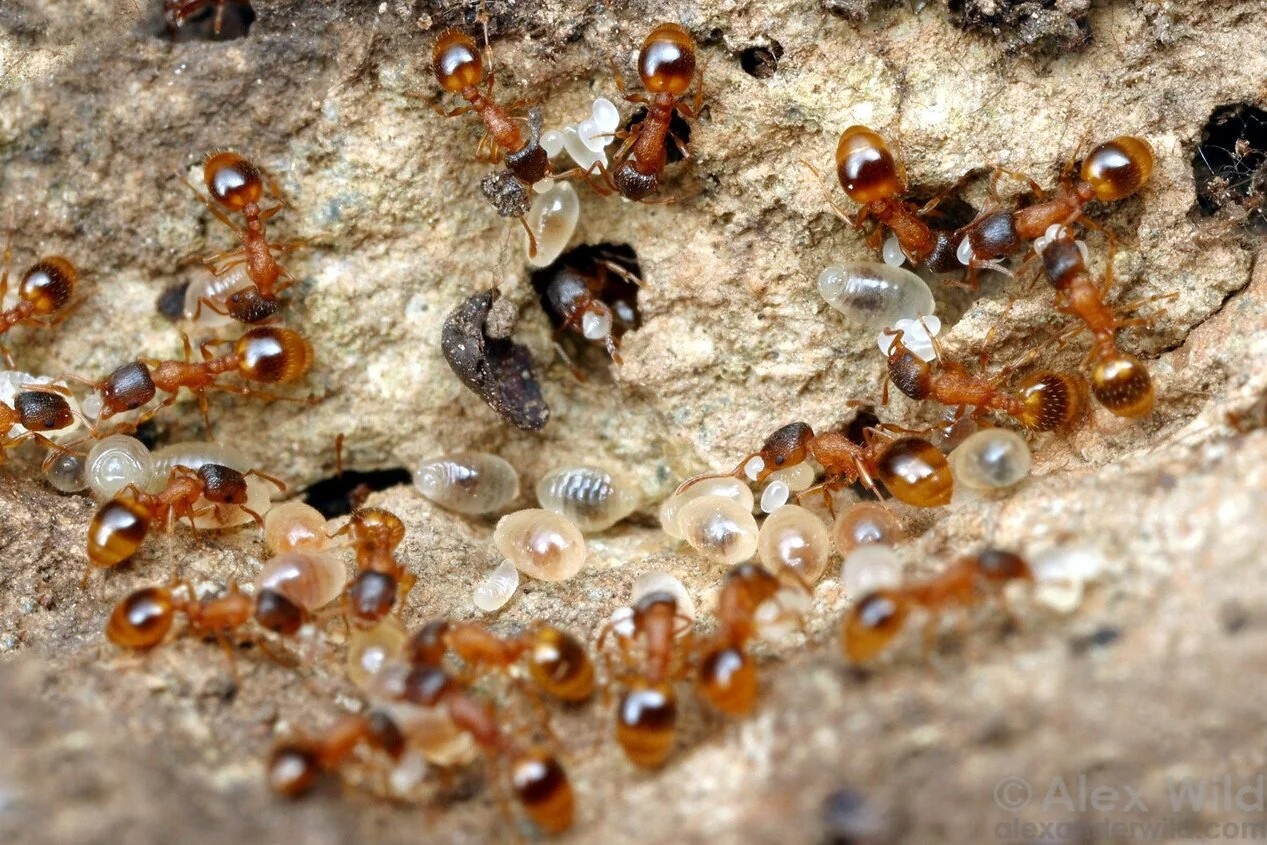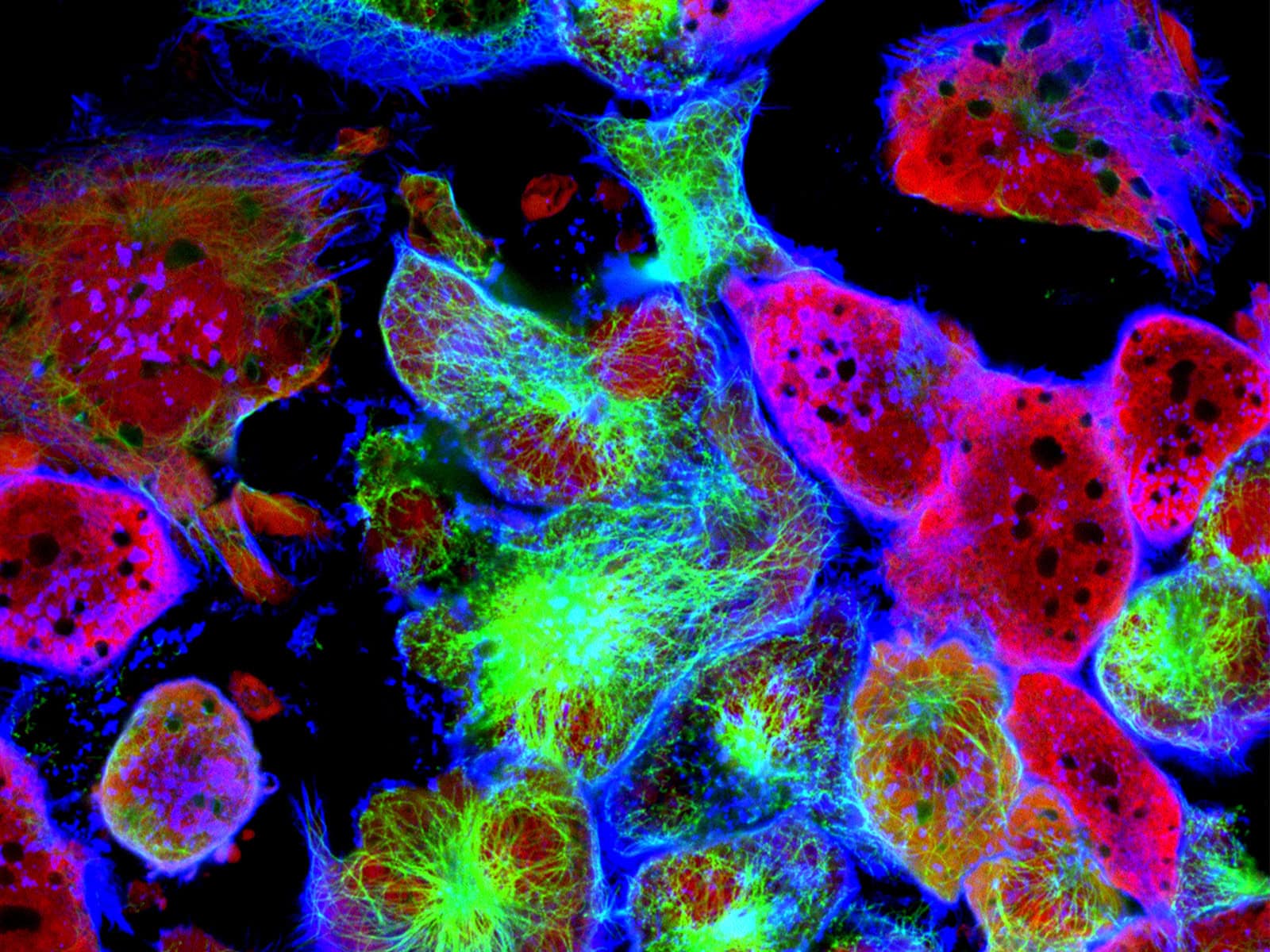About Distinctive Voices
Distinctive Voices highlights innovations, discoveries, and emerging issues in an exciting and engaging public forum. Do you wonder how things work? What the future holds? If you are curious about the science and technology behind today’s hot topics, Distinctive Voices is for you!
Social Media
Stay connected. Follow us on Facebook.
YouTube
Can't attend in person? Subscribe to the Distinctive Voices Channel and never miss a talk.
Upcoming Event
December 17, 2025
Distinctive Voices — Collective intelligence, or not: lessons from social insects
Human society or health, ecosystems or engineered systems: the processes…
Connect with Us
Email List
Would you like to attend an event? Sign up for the Distinctive Voices Email list to receive invitations to register for events in Irvine, California.
Contact Us
Questions or comments about Distinctive Voices? Contact us by using the form provided.
Featured Podcast Episode
January 8, 2020
Distinctive Voices—Cellular Immunotherapy for Treatment of Cancer: From Transplant to Gene Therapy
One of the first demonstrations of the immune systems ability…
Friends of
Distinctive Voices
If you would like to have guaranteed advance reservations, be invited to exclusive speaker receptions and book signings, and support this public science lecture series please join FRIENDS OF DISTINCTIVE VOICES.


